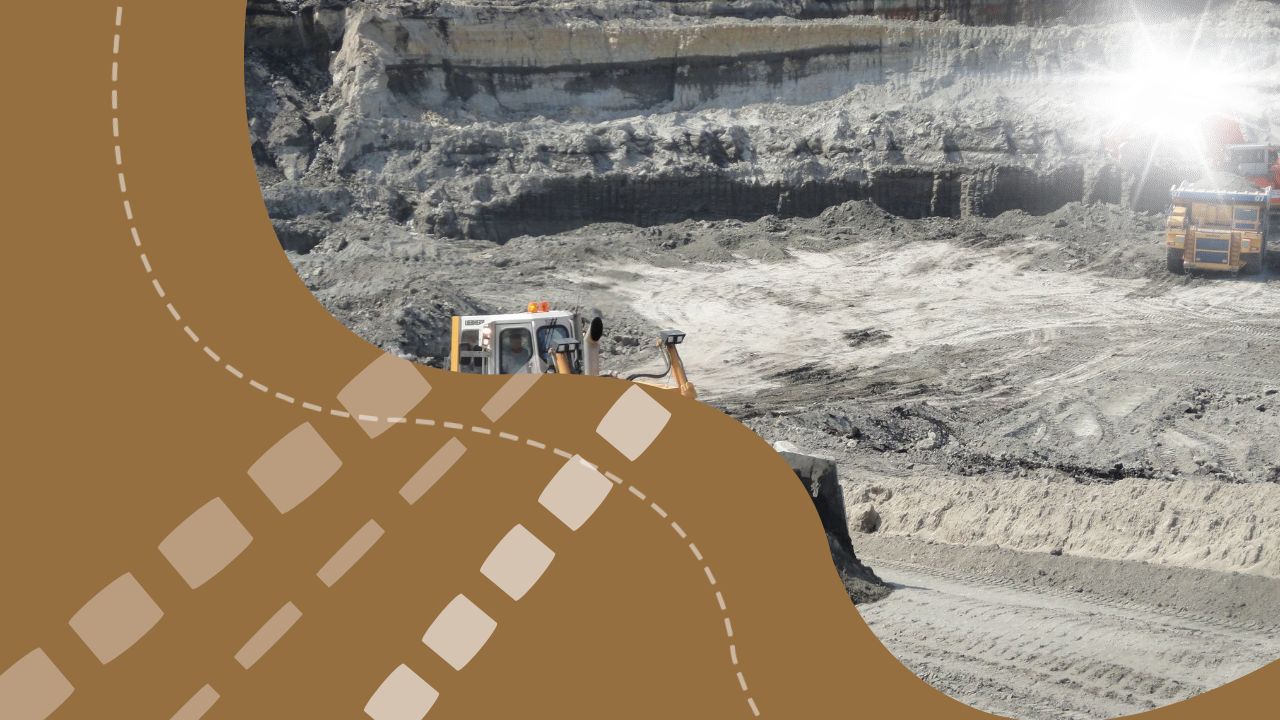The SMR Industrial Alliance used their General Assembly last week to define a work plan for the rest of 2024, establishing eight working groups to deliver on their objectives. The SMR alliance, a collection of public and private actors with European Commission backing, aims to develop a European ecosystem for small nuclear modular reactors (SMRs) and advanced atomic modular reactors (AMRs).
These next-generation reactors have a power output of between 200 and 300 megawatts. They can be used for various applications, from generating electricity or heat for industrial or community applications to replacing coal-fired power plants. The alliance hopes the first projects will operate in the first half of the 2030s – maybe earlier – allowing the technology to contribute towards reducing Europe’s greenhouse gas emissions. These deployments would also contribute to the 50 gigawatts (GW) target of additional nuclear capacity by 2050, set by pro-nuclear EU Member States.
The alliance has 277 members, all based in Europe, divided into various working groups, according to the conclusions of the general assembly, which met on 29 – 30 May. Since the gathering, eight technical working groups (TWG) have now been chaired by European companies. These focus on a range of areas, from supply chains, to research and development (R&D), public commitments, skills, and waste management. The R&D, supply chain, skills, and financing working groups will start working in June. The others will begin their work in October.
“The next important step is to define a technological roadmap ready for the end of the year,” Andrei Goicea, policy director at Nuclear Europe, European nuclear association and member of the alliance’s steering committee, told Euractiv. Currently, 24 different SMR designs are listed: 14 of which are AMRs and 14 of which are not.
The main objective is to produce a general action plan for the first quarter of 2025, structured around ten tasks; including objectives to be achieved, activities to be carried out, and products to be delivered. “For the moment, the work to be carried out is not yet completely defined,” NuclearEurope Director General Yves Desbazeille explained.
At the same time, the chairman of the Sustainable Nuclear Energy Technology Platform (SNETP), Bernard Salha, also a member of the alliance’s steering committee, announced that each project selected for support will potentially be able to participate in an important project of common European interest. This mechanism allows participants to bypass some EU State Aid rules. In the meantime, the first meeting of the governing board, made up of EU member states and the European Nuclear Safety Regulators Group, will take place in early July, concludes Yves Desbazeille.

